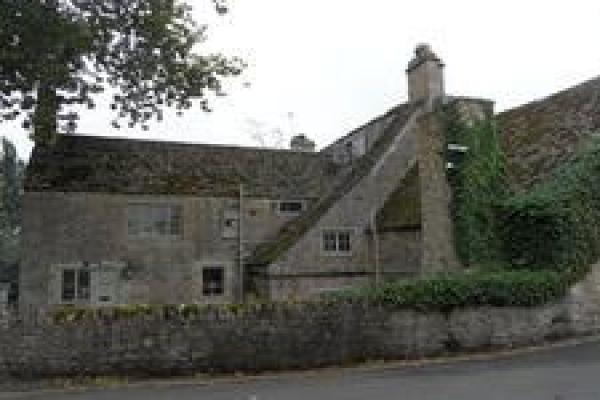Almshouse Residents Are Licensees, Not Tenants
Almshouses have for centuries offered sanctuary to the poor and vulnerable but the legal status of those who occupy them has always been in doubt – until now. In opening the way for a woman’s eviction from an almshouse, the Court of Appeal conclusively found that she was a licensee, not a tenant.
The woman had occupied the almshouse for over 10 years, having been appointed as a beneficiary of the charity that owned it, and was required to pay weekly rent and maintenance charges. Following numerous incidents of anti-social behaviour, the charity was granted a possession order against her by a judge.
In dismissing her challenge to that order, the Court rejected arguments that she occupied the almshouse under a periodic tenancy. The terms of her appointment made clear that she was never intended to have exclusive legal possession of the property and had only been granted a personal licence to occupy it.
The woman also argued that her lack of protection from eviction, when compared to tenants of social housing, amounted to unlawful discrimination within the meaning of Article 14 of the European Convention on Human Rights. However, the Court found that any such differential treatment was objectively justified.
Noting that there are 35,000 residents of 1,700 almshouses around the country, the Court found that granting the former security of tenure would undermine the charitable objectives of the latter. The absence of such security struck a fair balance between the interests of charities and current and future almspersons.
Watts v Stewart & Or
